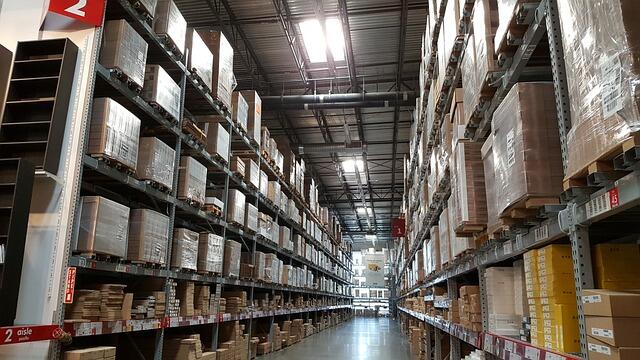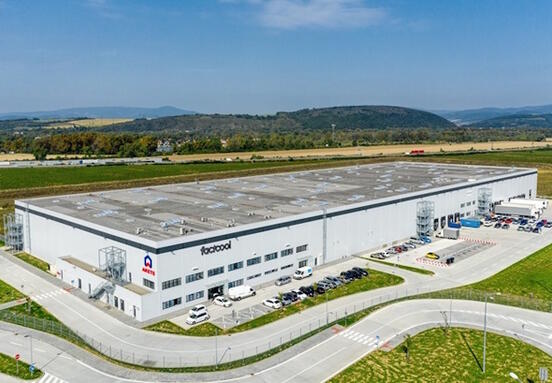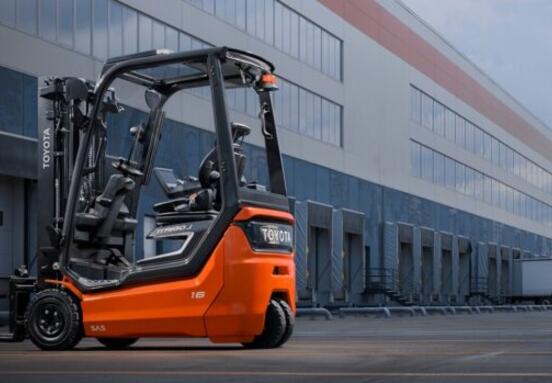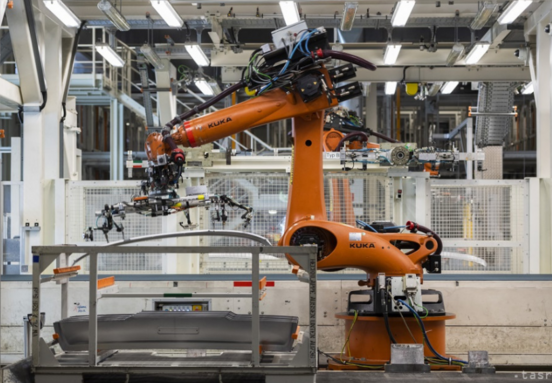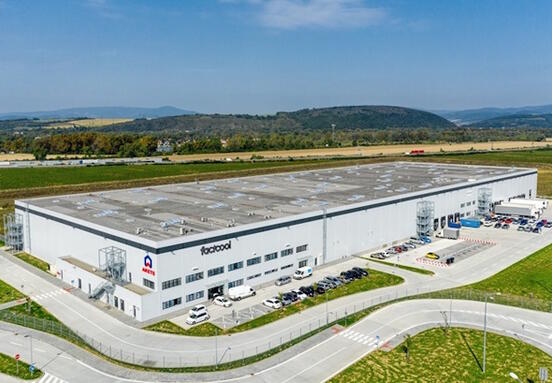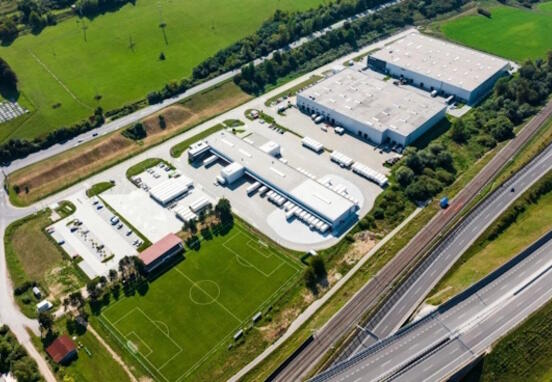Efficiency as the basis of every warehouse
It is a complex process of receipt, storage and preparation of goods for transport or dispatch. Only the effective functioning of this process makes it possible to obtain a satisfactory effect and profit from the trade. To properly organize your warehouse, you must first find a storage method that will help you optimize the flow of goods to ultimately improve performance. Warehousing is defined as a process that consists of three main functions, namely receiving goods from the supplier, storing products, and unloading. "By optimizing the storage of goods, it is possible to save the time required for unloading and the financial costs associated with it, and thus improve the performance of the company," says Gabriela Fabianová, CEO of RAJA.
Warehousing consists of 4 phases, i.e. receipt of goods, their storage, preparation and the issue itself. Each product then has different handling requirements during each of the phases, and choosing the appropriate method according to the type of product can make all 4 phases more efficient.
A suitable method ensures efficient storage of goods
"Efficient storage is even of key importance due to the need to remain competitive on the market and due to the need to reduce warehouse operation costs," says Gabriela Fabianová, CEO of RAJA.
The ABC method is the basic principle for the distribution of different types of goods on the shelves and throughout the warehouse. It takes into account the turnover rate of the given goods - the higher the turnover rate (the more often the product is sold), the easier and faster the access to these goods in the warehouse should be.
The products can then be divided into 3 categories according to how often the given product is sold. Category A consists of popular products that must be the most accessible for quick preparation - ideally in the middle of the shelf. Category B products are removed from storage not so often, so it is advisable to place them on the lower shelves. Category C includes the least popular products, it is advisable to place them on less accessible, i.e. on the highest shelves.
According to the ABC method, it is also possible to organize the entire warehouse - type A products are located near the picking point, behind them are type B products, and at the end of the warehouse (farthest from the preparation point) are type C products.
Effective management of the flow of materials according to the type of goods
The best-known principles of material flow management are the FIFO and LIFO methods. The FIFO (First In First Out) method simply says that the goods that are first in stock should be the first out. This approach is used, for example, in warehouses with food and goods, which spoil over time. The opposite is the LIFO (Last In Last Out) method, here are the products that were last stored and the first to be removed. The disadvantage of this method lies primarily in the fact that old goods continue to age. Therefore, it is used for goods for which this is not a problem. It is often used for warehouses with materials, such as sand, etc.
The 5S principle
To improve the operation of the warehouse, the 5S principle is also used, the goal of which is to properly organize the work environment.
● sorting – is getting rid of unnecessary things from the warehouse
● systematics – product labeling is appropriate
● cleaning – is the regular organization of the warehouse
● standardization – is the definition of standards for the placement of goods
● self-discipline – creates the habit of using the above-mentioned rules among employees
You can also increase the efficiency of the warehouse by using new technologies
E-shops are mostly committed to a short delivery period, therefore automation processes are increasingly being promoted in the field of logistics, whether it is the system for registering goods or packaging processes, which will enable goods to be quickly prepared for shipment.
"Companies are paying off for investments in packaging machines that enable the production of custom-made packaging, which reduces the consumption of packaging material. Compact machines for the production of filling then facilitate and speed up the packaging process without wasting the used material," says Fabiánová.
The storage process is also facilitated by thermal and thermal transfer printers for the simple and fast production of labels, tags and barcodes with varying longevity.
